One SEO Technique Is All You Need To Grow Organically in 2024
10-Jan-2024
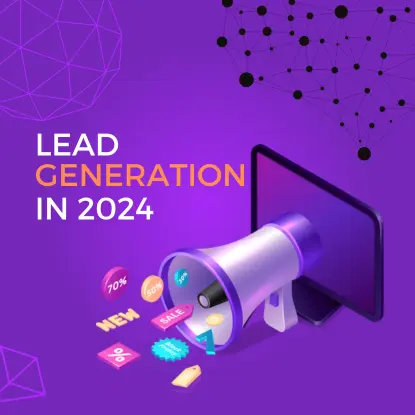
In 2024, having a blog on your business website is crucial. Shockingly, many companies still ignore this goldmine. While some focus on quality content through their blogs, others miss out on the substantial returns this effort can bring. Every business owner will focus more on traffic and leads this year. It’s clear, that prioritizing your website’s blog is a game-changer for lasting success, and this will be the best SEO practice for lead generation in 2024. In this article, we’ll guide you through a step-by-step process of prioritizing your blog for increased traffic and leads. Let’s begin.
Table of Contents
Why is Website Blog important in 2024?

Google's Affection for Long-Form Content:
One of the key advantages lies in Google’s algorithm preference for longer content. Lengthier blog posts tend to provide more comprehensive information, aligning with Google’s intent to deliver high-quality and informative results to users. This preference can significantly enhance your website’s visibility and ranking in search engine results.
Adaptability Across the Marketing Funnel:
Unlike other marketing assets, blog content seamlessly fits into all stages of the marketing funnel. Whether it’s creating awareness, fostering consideration, or driving conversions, a strategically planned blog can cater to diverse audience needs, making it a versatile tool in your marketing arsenal.
Internal Linking for Ranking Boost:
A well-maintained blog also offers ample opportunities for internal linking. By strategically interlinking your blog posts with relevant product or service pages, you create a web of interconnected content that not only enhances user experience but also boosts the ranking of your website’s pages.
Endless Possibilities for Content Creation:
Boost SEO Results:
These compelling reasons tell us the importance of prioritizing your website’s blog in 2024 for increased traffic and lead generation. As we journey through the following sections, we’ll unravel actionable insights that transform your blog into a dynamic force for lead generation and heightened website traffic in 2024.
How to Plan Actionable Content for Your Website’s Blog
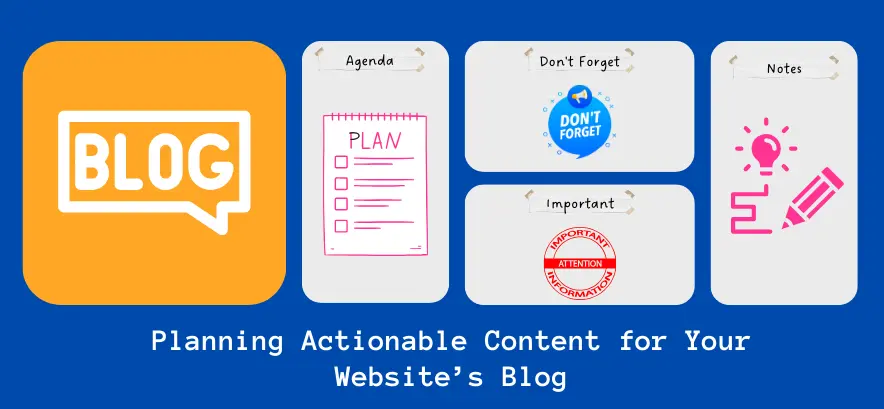
Embarking on a successful content marketing journey begins with strategic planning. Your website’s blog, when fueled by a well-thought-out content strategy, becomes a beacon for your target audience. Let’s delve into the key elements of planning content that not only captivates but also drives engagement and conversions.
Emphasizing the Importance of Strategic Content Planning:
Strategic content planning serves as the compass guiding your brand through the digital landscape. It involves meticulous consideration of your brand’s goals, and your target audience’s preferences, and the overall narrative you wish to weave. By aligning your content with your business objectives, you create a roadmap for consistent, purposeful communication that resonates with your audience.
Understanding and Addressing Audience Pain Points:
To truly connect with your audience, it’s imperative to identify and understand their pain points. What challenges do they face? What questions do they seek answers to? By delving into these nuances, your content can offer genuine solutions and valuable insights. Understanding your audience’s pain points not only establishes your credibility but also positions your blog as a go-to resource for meaningful content.
Creating Content that Solves Specific Problems:
The significance of creating content that solves specific problems cannot be overstated. Your audience visits your blog in search of solutions, and by addressing their unique challenges, you position your brand as an ally in their journey. Whether through informative guides, problem-solving content, or actionable advice, your content becomes a catalyst for positive change, fostering a sense of trust and reliability among your readers.
How to Perform a Content Audit and Gap Analysis
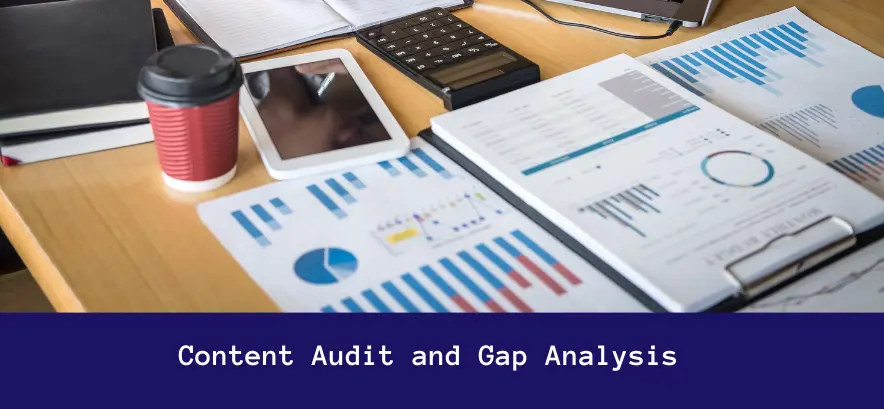
Detailing the Process of Conducting a Content Audit:
A content audit is akin to taking inventory of your digital assets. Begin by cataloging all existing content on your blog, categorizing it based on relevance, performance, and alignment with your brand objectives. Tools like Google Analytics, SEMrush, Ahrefs or even a simple spreadsheet can aid in this process. For instance, assess the performance of each blog post, taking note of metrics such as page views, engagement, ranking, and conversion rate.
Explaining the Role of a Gap Analysis in Identifying Areas for Improvement:
Once your content audit is complete, the next step is to perform a gap analysis. This involves identifying disparities between your current content and your ideal content strategy. Content gap analysis extends beyond format types to identify missing content pieces. It’s not just about the structure but understanding what specific content elements are absent, ensuring a comprehensive approach to fulfilling audience needs.
For example, if your audience expresses a heightened interest in video content, but your blog primarily consists of written articles, there’s a gap to address. By understanding these disparities, you pinpoint areas for improvement in your content strategy.
Illustrating How Thorough Analysis Contributes to Effective Content Planning:
A thorough content audit and gap analysis are invaluable tools for effective content planning. Imagine you discover a gap in your content related to emerging trends in your industry. Armed with this insight, you can strategically plan future content to fill this void, positioning your blog as a timely and relevant resource for your audience. This contributes to a more cohesive and purpose-driven content strategy, aligning your blog with the evolving needs of your audience.
Tools for Content Analysis

When it comes to elevating your content analysis game, leveraging the right tools can make all the difference. Let’s explore a quartet of powerful platforms such as Ubersuggest, SEMrush, Ahrefs, and BuzzSumo that empower marketers with valuable insights into their content strategies.
Ideal for beginners, Ubersuggest provides a comprehensive overview of your website’s performance. From keyword suggestions to backlink analysis, it offers a holistic view to kickstart your content analysis journey.
A powerhouse in the world of digital marketing, SEMrush is an all-in-one tool that goes beyond content analysis. It delves into keyword research, competitor analysis, and even tracks the performance of your content marketing efforts, offering a 360-degree perspective.
Recognized for its robust content analysis, Ahrefs is a go-to tool for content creators aiming to understand their link-building strategies, new content ideas, and competitor analysis. It provides deep insights into your content profile and helps identify areas for improvement.
For content ideation and social media analysis, BuzzSumo takes the lead. Identify trending topics, discover influential content in your niche, and understand what resonates with your audience for informed content creation.
Highlights of Both Free and Paid Tools:
While these tools offer immense value, it’s noteworthy that they come in both free and premium versions.
- Ubersuggest: Basic functionalities are available for free, making it accessible for those on a budget.
- SEMrush: While a paid tool, SEMrush offers a free version with limited features, allowing users to get a taste of its capabilities.
- Ahrefs: Known for its premium offerings, Ahrefs does not provide a free version. However, its advanced features justify the investment for serious content marketers.
- BuzzSumo: Like Ahrefs, BuzzSumo operates on a premium model. While there's no free version, the insights it offers can be invaluable for content planning and strategy refinement.
How to Promote Your Blog Content
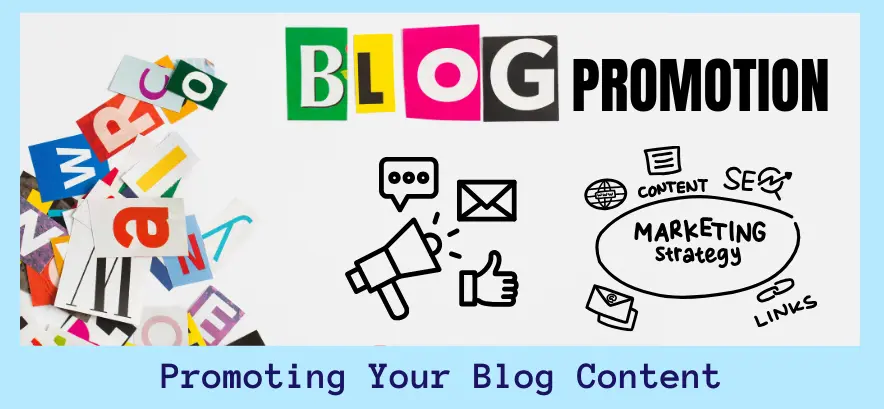
Promoting your published content is the key to unlocking its full potential. Beyond hitting the “publish” button, strategic promotion ensures that your content reaches its intended audience. Here are actionable tips to amplify your blog posts’ visibility:
SEO Strategies:
Optimize articles with strategic keywords, optimal image sizes, and enhanced speed for a seamless user experience. Implement voice search optimization techniques and establish a robust backlink profile to elevate your blog’s visibility and drive sustainable traffic growth.
Social Media Strategies:
Harness the power of social media marketing by crafting compelling posts that resonate with your audience. Utilize eye-catching visuals, engage in relevant conversations, and leverage popular hashtags. Platforms like Facebook, Twitter, LinkedIn, and Instagram can serve as dynamic channels to share your content and spark meaningful interactions.
Email Marketing:
Tap into the potential of your email subscribers by sending targeted newsletters featuring your latest blog posts. Craft attention-grabbing subject lines, provide a sneak peek into your content, and include clear calls to action that encourage readers to explore further.
Cross-Channel Promotion:
Outreach and Mentions
Promote your blog goes beyond your website, engage in outreach and securing mentions on relevant blogs. Collaborate with others in your niche to amplify your content, reach wider audiences, and establish credibility within your industry.
Measuring KPIs and Content Marketing Success
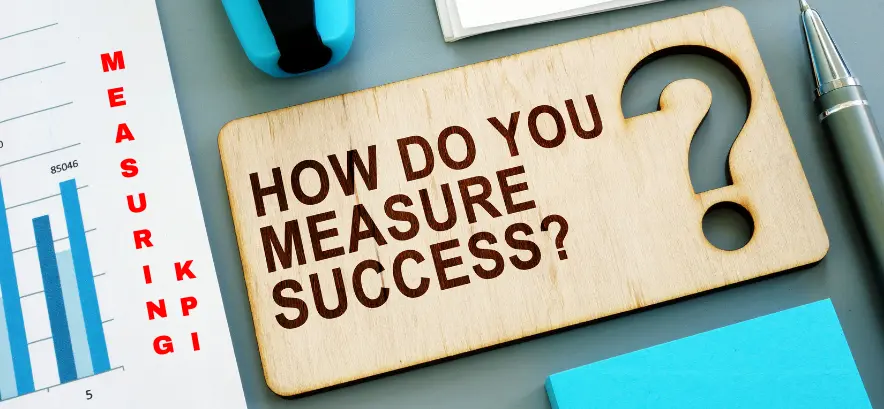
Key Performance Indicators (KPIs) for Content Marketing:
To gauge the success of your content marketing efforts, understanding and tracking key performance indicators (KPIs) is paramount. KPIs are quantifiable metrics that provide insights into the performance of your content strategy. Common content marketing KPIs include website traffic, conversion rates, engagement metrics, and lead generation.
Guidance on Setting Realistic Goals and Using Analytics Tools:
Utilize analytics tools such as Google Analytics, social media analytics, and marketing automation platforms. These tools offer detailed insights into user behavior, traffic sources, and content performance. Regularly analyze these metrics to refine your content strategy and ensure it aligns with your overarching business goals.
Examples of How KPIs Contribute to Content Marketing Success:
Website Traffic: An increase in website traffic indicates successful content promotion and engagement. Track the sources of traffic to understand which channels are most effective in driving visitors.
Conversion Rates: A Higher conversion rate signifies that your content resonates with your audience, leading them to take desired actions. Monitor conversion rates for specific calls-to-action and landing pages.
Engagement Metrics: Metrics like likes, shares, comments, and time spent on the page reflect audience engagement. A rise in these metrics indicates that your content is capturing and holding the attention of your audience.
Lead Generation: If lead generation is a primary goal, track the number and quality of leads generated through content. This provides insights into the effectiveness of your content in nurturing prospects.
By focusing on these KPIs and aligning them with your business objectives, you gain a comprehensive understanding of the impact of your content marketing efforts. Regularly review and adjust your strategy based on these metrics to optimize your content for continued success in meeting your goals.
Conclusion:
In a nutshell, we’ve covered it all, from why focusing on your blog is important to the nitty-gritty of planning, optimizing, publishing, and promoting content. Content marketing is still at the heart of search marketing; it’s about how you plan and share your content. If you’re looking for more help with your content marketing efforts in 2024 to boost leads and business, feel free to reach out to Sage Titans, a trusted digital marketing agency.
We use cookies to improve your experience on our site. By using our website, you’re agreeing to the collection of data as described in our Privacy Policy.